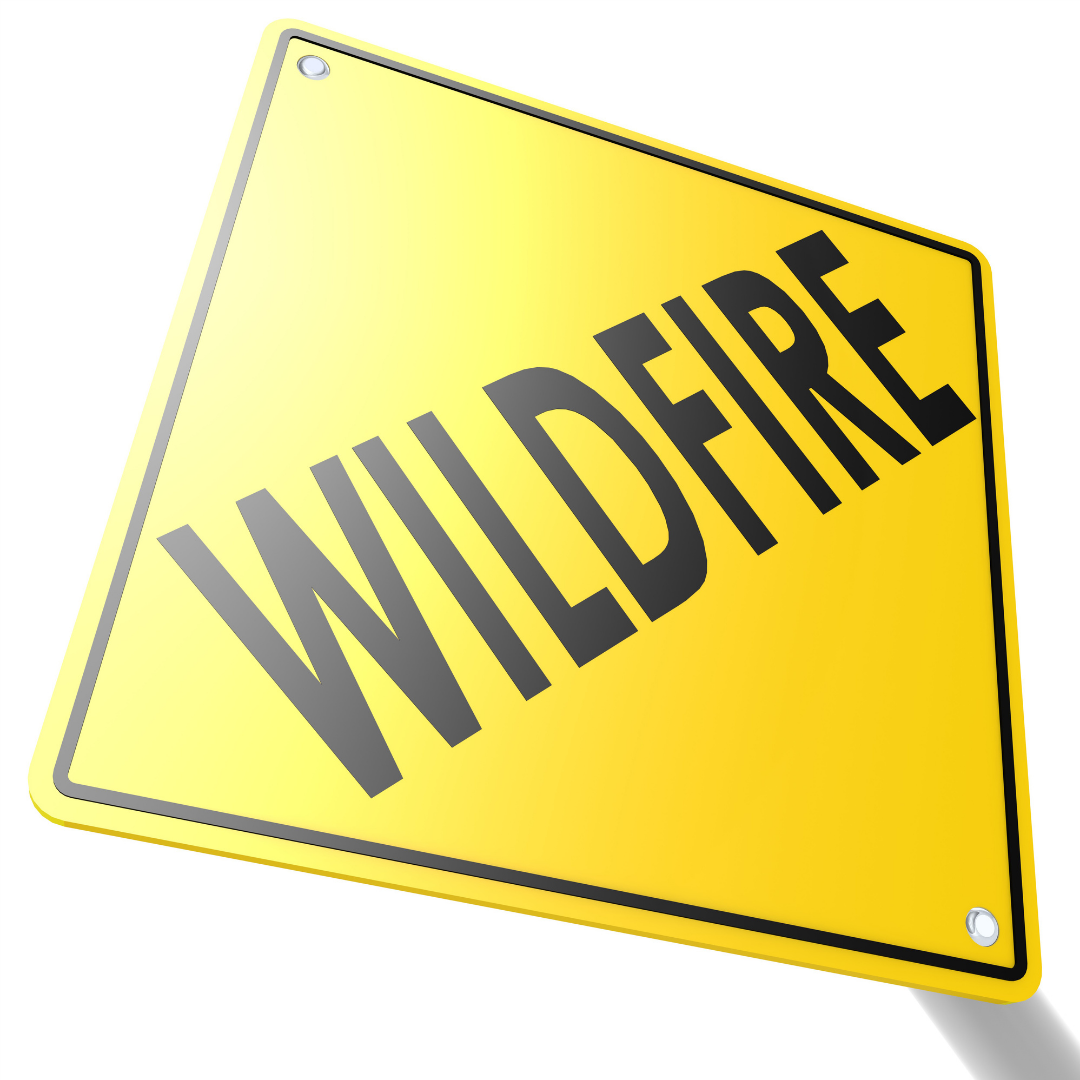With wildfire season upon us, we've gone ahead and compiled some tips from Ready.gov, the CDC, FEMA, and the National Weather Service along with a number of other reputable sources to keep you safe and prepared.

Prepare NOW
- Sign up for your community’s warning system
- The Emergency Alert System (EAS) and National Oceanic and Atmospheric Administration (NOAA) Weather Radio also provide emergency alerts
- Know your community’s evacuation plans and find several ways to leave the area
- Drive the evacuation routes and find shelter locations
- Have a plan for pets and livestock
- Gather emergency supplies, including KN95 respirator masks that filter out particles in the air you breathe
- Keep in mind each person’s specific needs, including an updated asthma action plan and medication
- Don’t forget the needs of pets
- Designate a room that can be closed off from outside air
- Close all doors and windows
- Set up an air purifier to keep indoor pollution levels low when smoky conditions exist
- Keep important documents in a fireproof, safe place
- Create password-protected digital copies
- Use fire-resistant materials to build, renovate, or make repairs
- Find an outdoor water source with a hose that can reach any area of your property
- Create a fire-resistant zone that is free of leaves, debris, or flammable materials for at least 30 feet from your home
- Review insurance coverage to make sure it is enough to replace your property
- Pay attention to air quality alerts

Survive DURING
- Evacuate immediately if authorities tell you to do so
- If trapped, then call 911 and give your location, but be aware that emergency response could be delayed or impossible
- Turn on lights to help rescuers find you
- Listen to EAS, NOAA Weather Radio, or local alerting systems for current emergency information and instructions
- Use KN95 masks to keep harmful particles out of the air you breathe
- If you are not ordered to evacuate but smoky conditions exist, stay inside in a safe location or go to a community building where smoke levels are lower
Be Safe AFTER
- Listen to authorities to find out when it is safe to return, and whether water is safe to drink
- Avoid hot ash, charred trees, smoldering debris, and live embers.
- The ground may contain heat pockets that can burn you or spark another fire
- Consider the danger to pets and livestock.
- Send text messages or use social media to reach out to family and friends
- Phone systems are often busy following a disaster
- Make calls only in emergencies
- Continue to Wear KN95 face masks and wet debris down to minimize breathing dust particles
- Document property damage with photographs
- Conduct an inventory and contact your insurance company for assistance
- Wildfires dramatically change landscape and ground conditions, which can lead to increased risk of flooding due to heavy rains, flash flooding and mudflows
- Flood risk remains significantly higher until vegetation is restored—up to 5 years after a wildfire
- Consider purchasing flood insurance to protect the life you've built and to assure financial protection from future flooding

How Wynd Can Help:
- Check out our article detailing how to best prepare for a wildfire
- Download the Air Bubbles App (available at Google Play Store and App Store)
- View the AQI (air quality index) numbers all around you, with information about how healthy or dangerous the air is.
- See real-time air quality information in the U.S., Canada, Greater China, Germany, Japan, Mexico, Peru, Colombia, India, Vietnam, Indonesia, Bangladesh and Mongolia, with more regions coming soon.
- Get push notifications when the air quality around you is getting significantly worse
- Share the air quality with your friends
- Get an air purifier such as the Wynd Plus Portable Air Purifier or Wynd Max Room Purifier to remove particulates, like smoke, from the air
For more information about how to stay safe this wildfire season, check out https://www.ready.gov/wildfires
